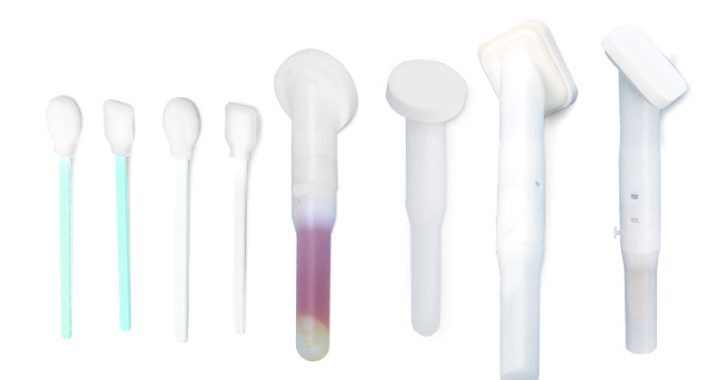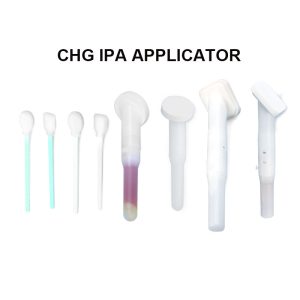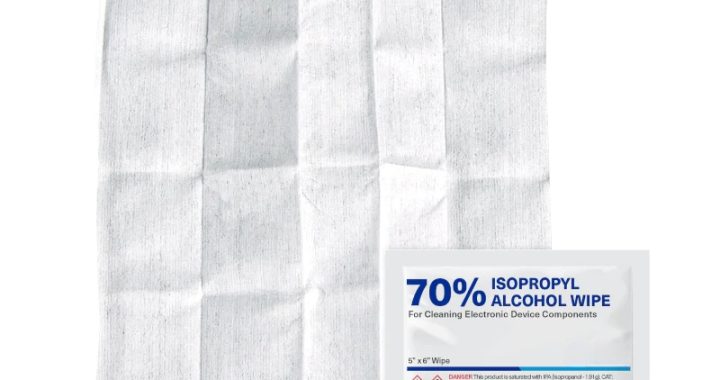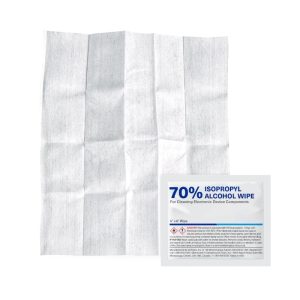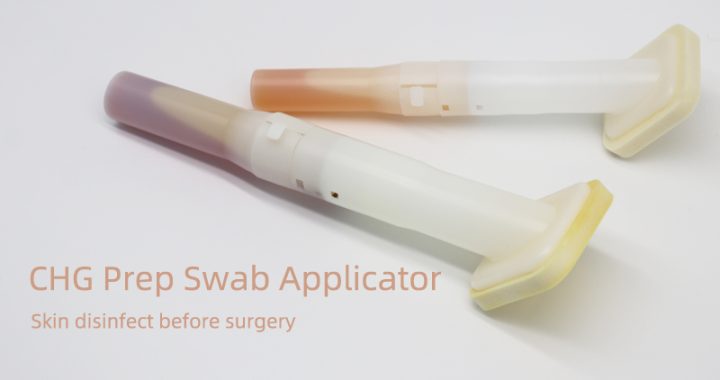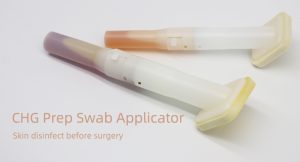How to take disinfection measures when winter flu comes
When the winter flu arrives, it is crucial to take proper disinfection measures. The following details specific disinfection methods from different aspects:
Disinfection of Environmental Surfaces
- Air Disinfection
- Natural Ventilation: Influenza viruses find it difficult to multiply and spread in well – ventilated environments. Open windows for ventilation at least 2 – 3 times a day, with each ventilation session lasting about 30 minutes. For example, ventilate between 9 – 10 am and 2 – 3 pm when the outdoor air quality is relatively good. This can effectively reduce the concentration of viruses indoors.
- Air Disinfection Machines: Select air disinfection machines with the approval of the Ministry of Health for disinfection product hygiene licenses, and operate according to the product instructions. For instance, in crowded and relatively enclosed places such as offices and classrooms, use circulating air ultraviolet air disinfection machines, which can continuously disinfect the air while people are present.
- Disinfection of Furniture and Supplies
- Surfaces of Tables, Chairs, Cabinets, etc.: Wipe with a chlorine – containing disinfectant with an effective chlorine content of 500mg/L. For example, dilute 84 disinfectant in a ratio of 1:100. Dip a rag in the solution and wipe the surface of the object. After 30 minutes of action, wipe with clean water to remove residual disinfectant.
- Tableware: Boiling for 15 – 30 minutes is the preferred method. Alternatively, soak in a chlorine – containing disinfectant with an effective chlorine content of 250 – 500mg/L for 30 minutes, and then rinse thoroughly with clean water. For the daily use of bowls and chopsticks at home, boiling is a simple and effective disinfection method.
- Toys: Plastic toys can be soaked in a chlorine – containing disinfectant with an effective chlorine content of 500mg/L for 30 minutes, then rinsed with clean water and dried. Plush toys can be exposed to the sun for 4 – 6 hours to utilize ultraviolet rays for disinfection.
- Floor Disinfection
- Wet – mop the floor with a chlorine – containing disinfectant with an effective chlorine content of 500mg/L at least 1 – 2 times a day. For public areas with frequent human flow, such as shopping malls and hospital corridors, the number of disinfection times should be appropriately increased.
Disinfection of Personal Items
- Clothes and Bedding
- They can be exposed to the sun, usually for more than 6 hours. Pay attention to turning them over during the process to ensure that all parts are fully exposed.
- You can also use the disinfection function of the washing machine or add an appropriate amount of clothing disinfectant for cleaning and disinfection.
- Masks
- For masks worn by the general public without obvious contamination, they can be hung in a clean, dry, and ventilated place or placed in a clean self – sealing bag.
- Masks used by suspected or confirmed influenza patients should be treated as medical waste, collected and disposed of in accordance with relevant regulations, and should not be discarded casually.
- Small Items such as Mobile Phones and Keyboards
- Wipe and disinfect with 75% ethanol cotton balls or disinfection wipes. Note that the power should be turned off first to prevent liquid from entering the device. Wait for a while after wiping until the ethanol completely volatilizes.
Precautions
- Standard Use of Disinfectants: Dilute and use disinfectants strictly in accordance with the product instructions to avoid excessive or insufficient concentration. Excessive concentration may damage humans and items, while insufficient concentration may not achieve the disinfection effect. Also, pay attention to the expiration date of the disinfectant, and expired products should not be used.
- Personal Protection: Wear gloves, masks and other protective equipment during the preparation and use of disinfectants to avoid direct contact of the disinfectant with the skin and respiratory tract. In case of accidental contact with the disinfectant, rinse immediately with a large amount of clean water, and seek medical attention if necessary.
- Safe Storage: Place disinfectants out of the reach of children to prevent accidental ingestion. At the same time, note that disinfectants should not be mixed with other cleaning products. For example, mixing 84 disinfectant with toilet cleaner will produce toxic chlorine gas, endangering life safety.

